|
February 2 is World Wetlands Day, an annual event to "raise global awareness about the vital role of wetlands for people and our planet. This day also marks the date of the adoption of the Convention on Wetlands on 2 February 1971." The month of May has been designated as National Wetlands Month, "created in 1991 by EPA and its federal, state, tribal, local, non-profit, and private sector partners to celebrate the vital importance of wetlands to the nation's ecological, economic, and social health and to educate Americans about the value of wetlands as a natural resource." What is a wetland? According to U.S. Fish & Wildlife Service, "Wetlands are lands transitional between terrestrial and aquatic systems where the water table is usually at or near the surface or the land is covered by shallow water. For the purposes of this classification wetlands must have one or more of the following three attributes: (1) at least periodically, the land supports predominantly hydrophytes; (2) the substrate is predominantly undrained hydric soil; and (3) the substrate is nonsoil and is saturated with water or covered by shallow water at some time during the growing season of each year." (Source: USGS National Water on Wetland Water Resources). Why they matter: A few wetland facts from Iowa Association of Naturalists' Iowa's Biological Communities series on Iowa Wetlands:
Most of Iowa's wetlands were located in the Des Moines Lobe, known as the Prairie Pothole region due to the abundance of small lakes, ponds, and wetlands from the most recent glaciation. But even western Iowa had plenty of wetlands. The early General Land Office surveys from the mid-19th Century shows wet areas in the rolling hills of northern Shelby and Pottawattamie counties, for example. While these areas are generally well-drained, beaver dams on small streams likely helped create many of the wetlands. The Missouri Alluvian Plain and valleys of other large rivers also had wetlands, as they flooded regularly prior to channelization and damming. Wetlands offer many benefits to people, wildlife, land, and water. They are sometimes called "nature's kidneys" due to their ability to cleanse water before it enters streams and rivers. They absorb excess nutrients and chemicals from agriculture and industry, as well as trap sediment from soil erosion. They capture excess water and slowly soak it into the ground, which reduces flooding. Wetlands can also provide recreational opportunities like hunting, trapping, fishing, wildlife watching, birding, and paddling. Living or even spending time near biodiversity, greenery, and water have all been shown to improve well-being and happiness. Areas that are often too wet for farming can be problematic for farmers, but several funding programs are available to restore wetlands and make it profitable, including the Wetland Reserve Program, Conservation Reserve Program, Conservation Reserve Enhancement Program, and Farmable Wetlands Program (Source: NRCS Restoring Iowa Wetlands). Watch this Introduction to Iowa's Wetlands video from Iowa State University for some background: This video from Iowa Outdoors provides a great summary of wetland restoration in Iowa. And this video from The Nature Conservancy is an excellent primer on the benefits of Iowa's wetlands. Learn more about World Wetlands Day and how you can help protect and restore these fragile and endangered ecosystems at worldwetlandsday.org
More Links & Resources
1 Comment
|
Archives
June 2024
Categories
All
|
Address712 South Highway Street
P.O. Box 189 Oakland, IA 51560 |
ContactPhone: 712-482-3029
General inquiries: [email protected] Visit our Staff Page for email addresses and office hours. |
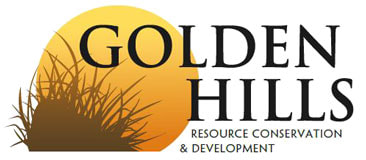
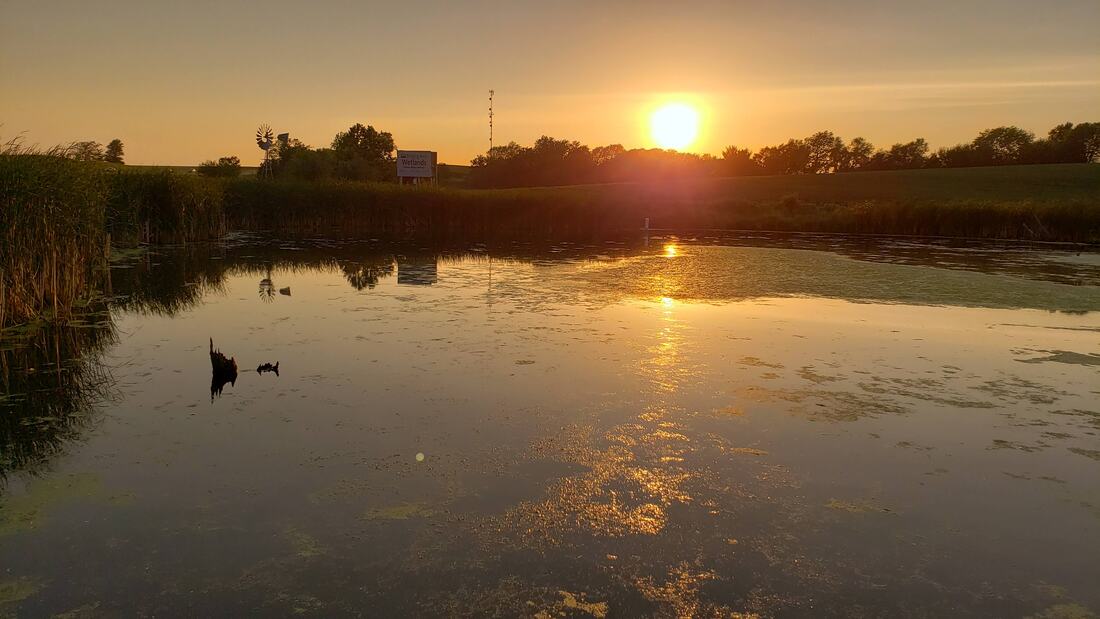
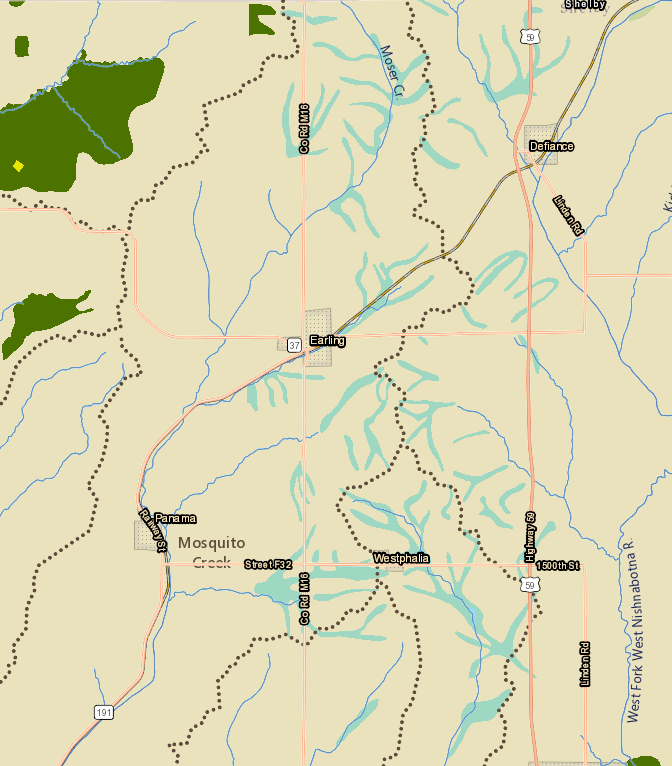
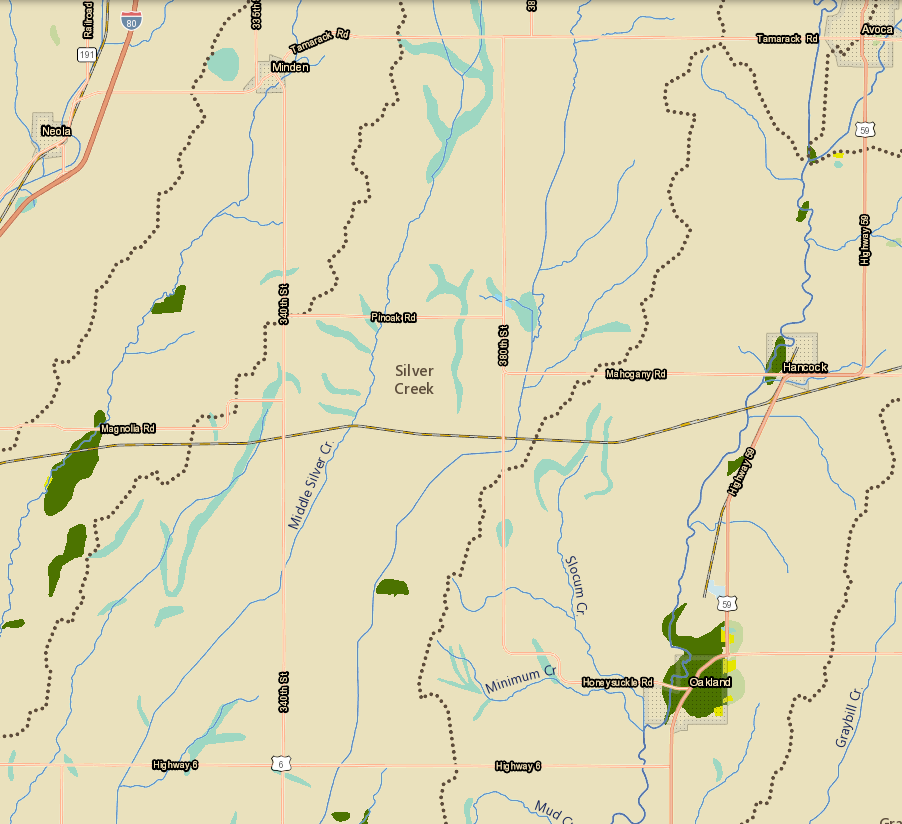
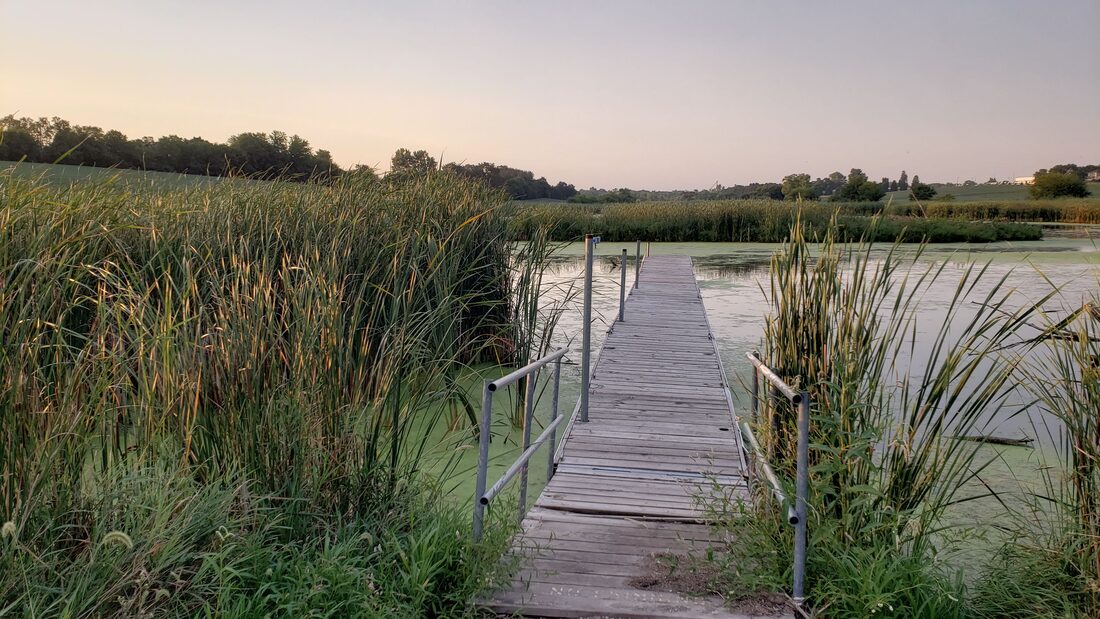
 RSS Feed
RSS Feed